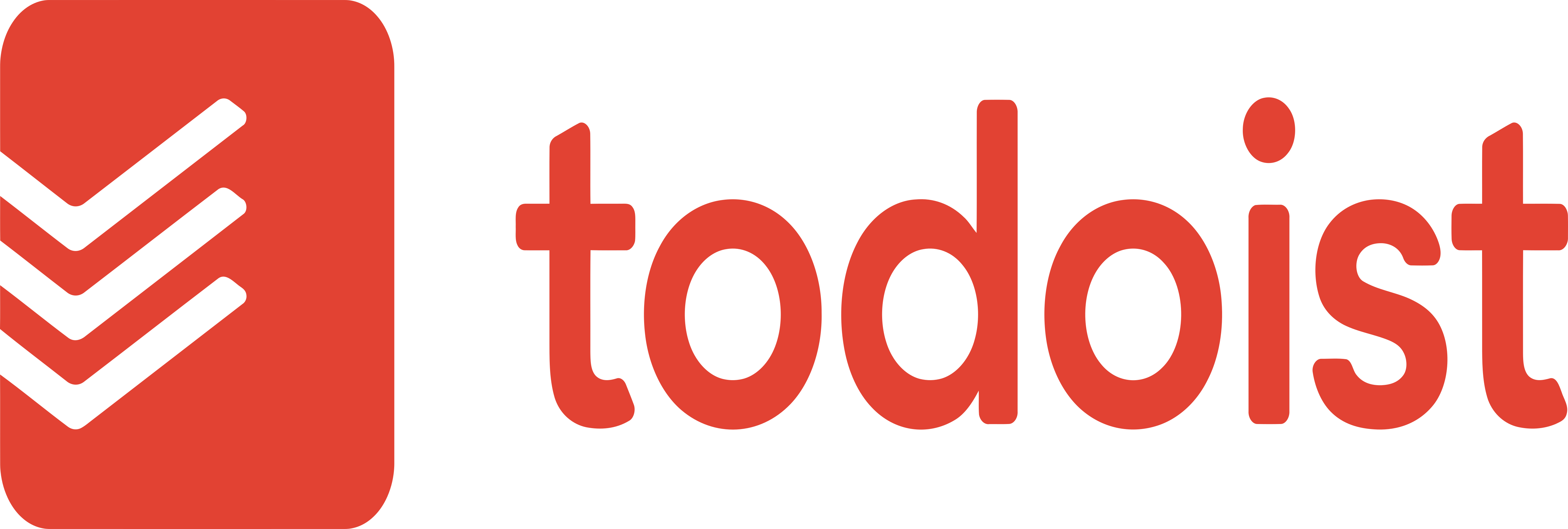

We hate spam as much as you do and promise only to send you stuff we think will help you get things done.
#Todoist sections how to#
It is filled with tips and tricks on how to get the most out of the productivity apps you use everyday. If you haven’t already subscribed, please subscribe to The Productive Engineer newsletter. Getting Things Done: The Art of Stress-Free Productivity Want More Tips and Tricks? Subscribe to our Newsletter! If you have not read it, you owe it to yourself to do so: The GTD system is probably the most established system for improving your productivity. If the answer is yes, there is one book you must read: David Allen’s classic Getting Things Done. The more data you assign to your tasks consistently, the more ways to view your tasks and projects. You can do variations of these to include labels as well like all tasks that are online courses in the next 90 days:ĩ0 days & all online courses that are due in the next 90 days that are not AWS:ĩ0 days & & the filter system in Todoist is very flexible and allows you to really customize how you view you tasks. No due date shows all tasks with no due date assigned. Each of the priority filters show only the tasks with that particular priority assigned. Assigned to others are tasks that are assigned to people other than myself. Assigned to me are tasks that are assigned to me. Enclosed below is a list of the pre-built filters:Įach of these are self-explanatory. Todoist has included several pre-built filters that represent the most common search types. Filters are one of the key features of Todoist. Don’t take the preceding statement as a dismissal of the power of filters in Todoist. If you are familiar with perspectives in OmniFocus, this is a simplified version of it. Using Filters to View Your Tasks in a Variety of Perspectivesįilters in Todoist allow you to create custom views.

Once you have assigned labels and priorities to each of your tasks, you can use filters to create custom views based on the labels and views.

Using labels really makes your Todoist system very flexible. Labels are pieces of metadata that you attach to a task that allow you to organize and search them. Labels in Todoist essentially function like tags in other to-do systems. Using Labels in Todoist to Organize Your Tasks This allows you to bi-directionally sync Todoist with Google Calendar and allows you to have your tasks and updates sync between Todoist and Google Calendar. If you are a Google Calendar user, check out my guide to connecting Google Calendar to Todoist. To learn more about Skillshare and its vast library of courses and get 30% off, click the link below: Skillshare is an online learning platform with courses on pretty much anything you want to learn. The goal of this post is to give you a feel for the various ways you can organize Todoist so that you can find a way that best fits the way you work.īefore we get started with the tutorial, if you are looking to learn more about apps like Notion, Todoist, Evernote, Google Docs, or just how to be more productive (like Keep Productive’s awesome Notion course), you should really check out SkillShare. This blog post will walk through setting up the following structures: It really is up to you in terms of your view of the world. Some like to use labels only to organize their task. How you organize Todoist should largely be driven by how you view your tasks. While this is the way that I typically organize Todoist, it doesn’t necessarily make it the best solution for you. The way that I like to organize Todoist is to use a combination of: Organizing Todoist can be done in a number of ways, each of which have their merits. Todoist is great for those who want cross-platform support and want a to-do service that can be integrated into third party automation services like Zapier and IFTTT to create automated workflows.


 0 kommentar(er)
0 kommentar(er)
